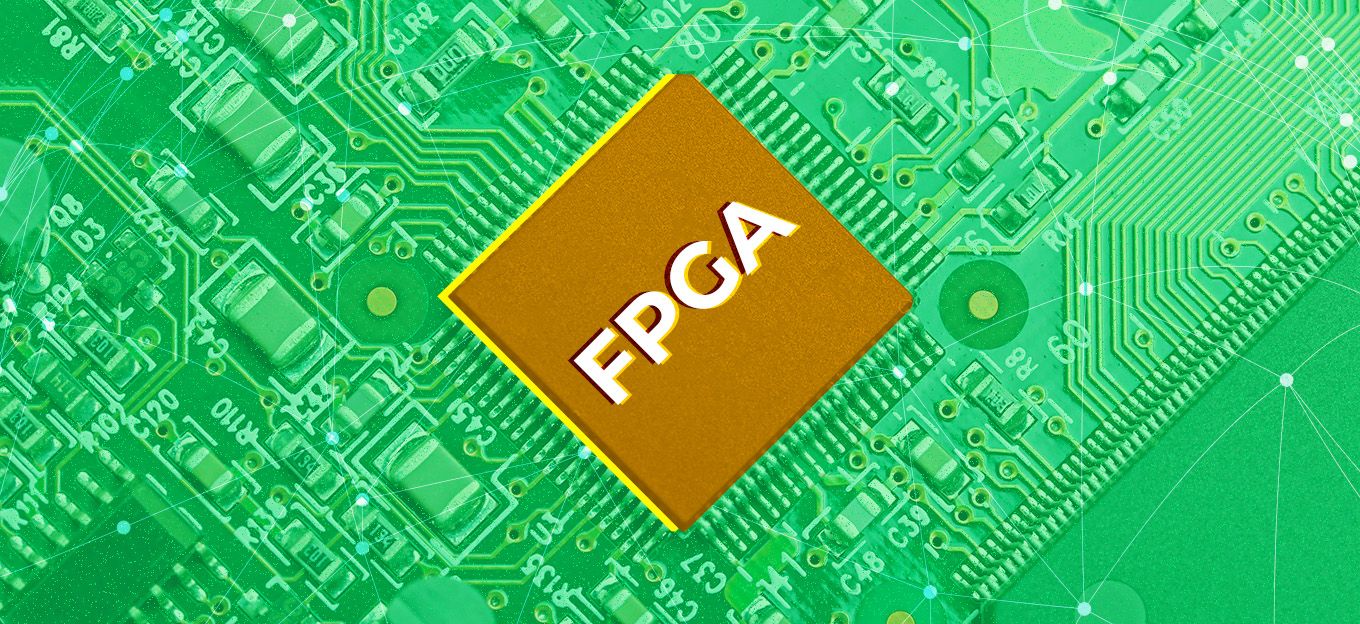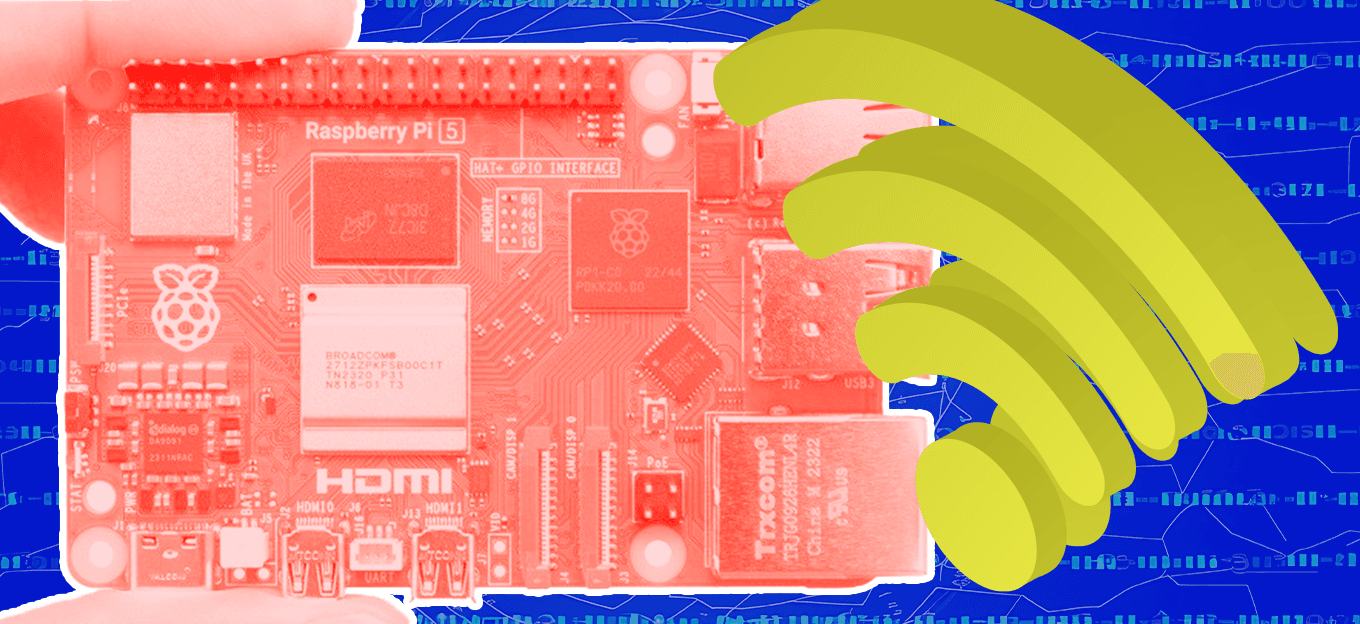STM32 WebSocket Guide for Connected IoT Embedded Systems
STM32 WebSocket Guide for Connected IoT Embedded Systems
- Last Updated: July 7, 2025
Cesanta Software
- Last Updated: July 7, 2025



In today’s world of connected embedded systems, providing a real-time interface to monitor and control devices is no longer optional; it’s expected. Developers working with STM32 microcontrollers often need to build responsive web dashboards that communicate in real-time with their hardware.
This article explores how to implement an STM32 WebSocket device dashboard using an embedded web server with a TCP/IP stack.
Why WebSocket?
So, why would a developer choose a WebSocket when building a dashboard for STM32?
The STM32 family (particularly the STM32F4, STM32F7 and STM32H7 series) offers powerful MCUs ideal for industrial and IoT applications. However, creating a modern web dashboard on such constrained devices is not trivial. Traditional HTTP-based communication is not efficient for real-time data transfer, especially when updates are frequent, and this is where WebSocket shines.
A WebSocket connection establishes a full-duplex, persistent channel between the client (browser) and server (STM32). This allows the STM32 device dashboard to send real-time updates with minimal overhead, making it far superior to HTTP polling for dynamic, responsive interfaces.
Websocket vs HTTP
Let’s look at why WebSocket is better than HTTP for real-time Dashboards.
HTTP is stateless and designed for one-off request/response cycles. To simulate real-time communication, developers often resort to polling, where the client repeatedly requests updates from the server. This wastes bandwidth and CPU cycles, leading to delayed data.
WebSocket, on the other hand, creates a persistent TCP connection. Once established, either the client or the STM32 device can send messages at any time. This bi-directional communication model is ideal for:
- Real-time sensor data display
- Remote control of actuators
- Event-driven status updates
For an STM32 device dashboard, WebSocket ensures that updates are instant, efficient, and scalable.
This diagram makes the difference clearer:

A typical STM32 WebSocket device dashboard includes:
- STM32 MCU (F4, F7, H7) running embedded webserver
- Browser-based frontend (HTML/JS) served from STM32 flash
- WebSocket channel for real-time communication
A web server allows your STM32 to serve static files directly from flash. Your device dashboard written in HTML, CSS, and JavaScript can be stored on-chip and loaded via a browser.
The dashboard connects via WebSocket and displays real-time data, for example:
- Sensor graphs
- Motor status
- Configuration controls
Once the dashboard is loaded, it opens a WebSocket connection to the STM32. The web server can now push:
- Sensor readings every few milliseconds
- Alerts and status changes
- Logs or debug information
The browser can also send commands back to the device in real-time. This results in a highly interactive STM32 device dashboard, ideal for industrial and IoT applications.
Common use cases for the STM32 WebSocket dashboard include:
- Factory automation dashboards
- Medical device monitoring
- Smart home controllers
- Energy systems and solar inverters
All benefit from the low latency and efficiency of STM32 WebSocket communication.
Conclusion
Creating an STM32 device dashboard using WebSocket is a smart move for developers building real-time, networked embedded systems. The combination of a versatile web server and STM32 (F4, F7, H7) enables a lightweight yet powerful solution.
For a hands-on walkthrough, check out a step-by-step guide on building a real-time WebSocket dashboard for STM32 devices using the open source lightweight Mongoose embedded web server, which includes a full TCP/IP stack.
This guide also features a short video demo that shows how to create a live WebSocket dashboard in just minutes using the STM32H573I-DK development board.
With built-in WebSocket and HTTP support, Mongoose takes care of the complex networking. And with Mongoose Wizard, a no-code visual tool, you can quickly build a professional-looking Web UI dashboard without writing a single line of frontend code.
The Most Comprehensive IoT Newsletter for Enterprises
Showcasing the highest-quality content, resources, news, and insights from the world of the Internet of Things. Subscribe to remain informed and up-to-date.
New Podcast Episode

Moving Past the Pilot Phase in IoT and AI
Related Articles


